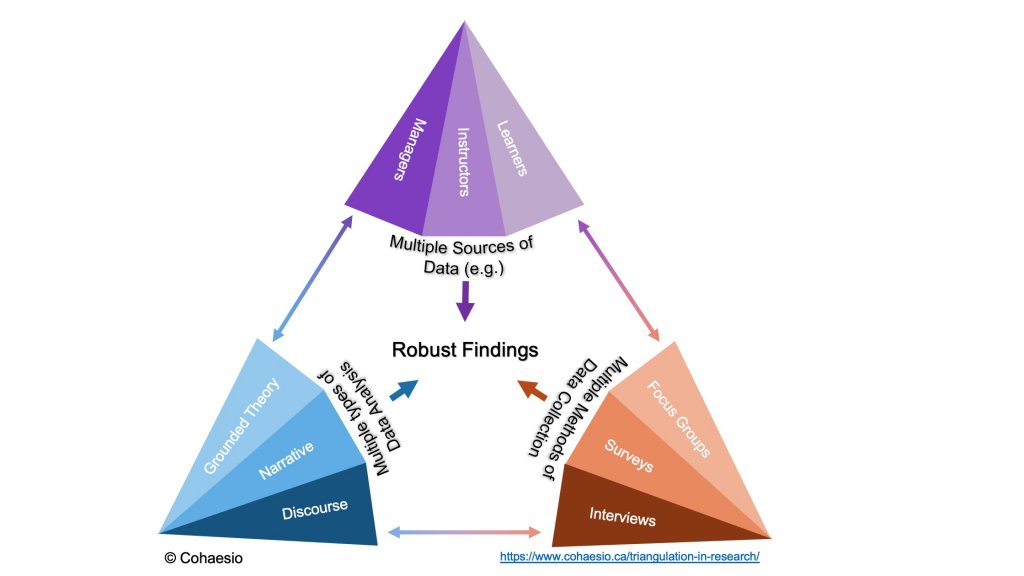Transdermal Skin Patches Market Analysis Report
Transdermal Skin Patches Market Size & CAGR
The Transdermal Skin Patches market is projected to reach a market size of USD 5 billion by 2023 with a Compound Annual Growth Rate (CAGR) of 6% from 2023 to 2030.
COVID-19 Impact on the Transdermal Skin Patches Market
The COVID-19 pandemic has significantly impacted the Transdermal Skin Patches market, leading to disruptions in the supply chain, reduced demand, and challenges in production. However, the market is expected to recover post-pandemic as the focus on healthcare increases.
Transdermal Skin Patches Market Dynamics
The Transdermal Skin Patches market dynamics are influenced by factors such as technological advancements, increasing healthcare awareness, growing geriatric population, and rising prevalence of chronic diseases. These factors drive the market growth and innovation in the industry.
Segments and Related Analysis of the Transdermal Skin Patches Market
The Transdermal Skin Patches market is segmented based on product type, application, and end-user. The analysis of these segments provides insights into the market trends, opportunities, and challenges faced by key players in the industry.
Transdermal Skin Patches Market Analysis Report by Region
Asia Pacific Transdermal Skin Patches Market Report
The Asia Pacific region is a significant market for Transdermal Skin Patches, driven by the increasing healthcare expenditure, rising awareness about the benefits of transdermal delivery, and a large patient population. Countries like China, Japan, and India are key contributors to the market growth in this region.
South America Transdermal Skin Patches Market Report
The South America region shows promising growth prospects for the Transdermal Skin Patches market, with a focus on improving healthcare infrastructure, expanding pharmaceutical industry, and increasing research and development activities. Brazil and Argentina are emerging as key markets in this region.
North America Transdermal Skin Patches Market Report
North America holds a dominant position in the Transdermal Skin Patches market, driven by the presence of key market players, advanced healthcare systems, and increasing prevalence of chronic diseases. The United States and Canada are major contributors to the market growth in this region.
Europe Transdermal Skin Patches Market Report
Europe is a mature market for Transdermal Skin Patches, characterized by a high adoption rate of innovative drug delivery systems, strong regulatory framework, and increasing healthcare investments. Countries like Germany, the UK, and France play a significant role in driving market growth in this region.
Middle East and Africa Transdermal Skin Patches Market Report
The Middle East and Africa region are witnessing rapid growth in the Transdermal Skin Patches market, attributed to improving healthcare infrastructure, rising healthcare expenditure, and increasing prevalence of chronic diseases. Countries like Saudi Arabia, UAE, and South Africa are key markets in this region.
Transdermal Skin Patches Market Analysis Report by Technology
The Transdermal Skin Patches market analysis report by technology highlights the advancements in drug delivery systems, formulation technologies, and innovations in transdermal patch design. Technologies such as microneedles, iontophoresis, and thermal ablation are revolutionizing the way medications are delivered through the skin.
Transdermal Skin Patches Market Analysis Report by Product
The Transdermal Skin Patches market analysis report by product showcases the diverse range of transdermal patches available in the market, including drug-in-adhesive patches, matrix patches, reservoir patches, and others. Each type of patch offers unique benefits and applications in therapeutic areas like pain management, hormone replacement, and smoking cessation.
Transdermal Skin Patches Market Analysis Report by Application
The Transdermal Skin Patches market analysis report by application delves into the various medical conditions and therapeutic areas where transdermal patches are utilized. Applications include pain management, hormone therapy, nicotine addiction treatment, motion sickness prevention, and more. These patches offer convenient and effective treatment options for patients.
Transdermal Skin Patches Market Analysis Report by End-User
The Transdermal Skin Patches market analysis report by end-user segment explores the key stakeholders in the market, including hospitals, clinics, home care settings, and others. The demand for transdermal patches varies among end-users based on factors like patient convenience, healthcare infrastructure, and treatment preferences.
Key Growth Drivers and Key Market Players of Transdermal Skin Patches Market
The Transdermal Skin Patches market is driven by key growth drivers such as increasing prevalence of chronic diseases, rising demand for non-invasive drug delivery, and technological advancements in patch design. Key market players operating in the Transdermal Skin Patches market include:
- Johnson & Johnson
- Noven Pharmaceuticals
- Hisamitsu Pharmaceutical Co., Inc.
- Novartis AG.
- Lilly
Transdermal Skin Patches Market Trends and Future Forecast
The Transdermal Skin Patches market is witnessing trends such as personalized medicine, remote patient monitoring, and integration of digital technologies in drug delivery systems. The future forecast indicates continued growth in the market, driven by advancements in patch design, expansion of therapeutic areas, and increasing adoption of transdermal patch technology.
Recent Happenings in the Transdermal Skin Patches Market
Recent developments in the Transdermal Skin Patches market include new product launches, strategic collaborations, and regulatory approvals. Companies are focusing on expanding their product portfolios, enhancing manufacturing capabilities, and entering new markets to strengthen their presence in the global market.



